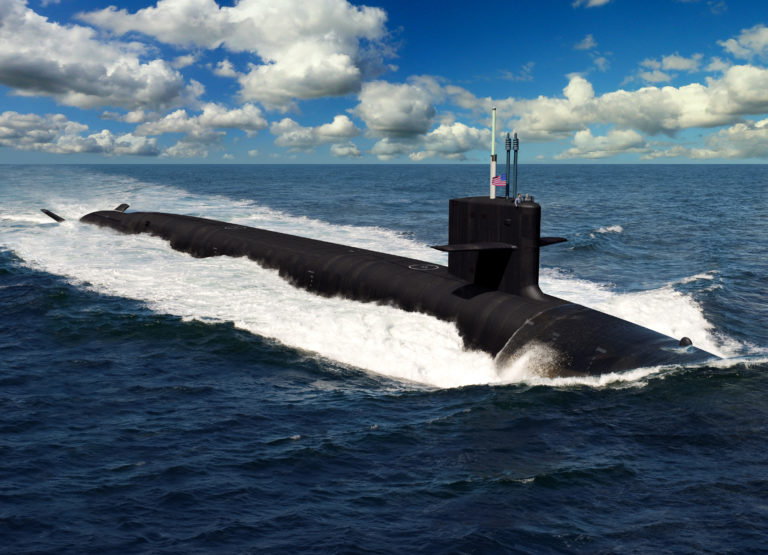Modernizing the Nuclear Enterprise in the Era of Rapid Prototyping
International Security at the Nuclear Nexus Series

The U.S. nuclear enterprise is going through a cycle of modernization that touches practically every system in the arsenal. This modernization push requires the nuclear enterprise to engage deeply with the defense acquisition system—the collection of organizations within the Department of Defense dedicated to fielding new systems and the policy framework they operate under—in a way it has not since its last major modernization cycle in the 1980s. This engagement will be central to the future of the nuclear enterprise and will challenge the enterprise to exercise exceptional discipline in articulating and managing its requirements to revitalize these systems successfully. Likewise, the defense acquisition system must deliver on multiple demanding requirements and produce sophisticated, modernized nuclear capabilities affordably, reliably, and on time. Moreover, this multi-decade nuclear modernization cycle does not occur in a defense acquisition vacuum. Rather, the defense acquisition system is undergoing a transformation that will play out at the same time, each posing risks and raising complexity for the other.
The acquisition system regularly undergoes cycles of reform that reflect shifting strategic priorities across DOD. The current reform cycle, which originated with new authorities provided by Congress in the National Defense Authorization Act (NDAA) for Fiscal Year (FY) 2016 and has been pursued aggressively by the current administration, is focused on acquisition speed. It utilizes decentralization, delegated decisionmaking, rapid prototyping, and more tailored contracting tools as primary development approaches. DOD has combined these recently expanded acquisition approaches with traditional acquisition approaches in a system it calls the Adaptive Acquisition Framework. The biggest impact of the newer approaches in the Adaptive Acquisition Framework, those focused on rapid prototyping and fielding, is on the modernization of nuclear command, control, and communications (NC3), where the rapid prototyping approach most strongly correlates with the content of the nuclear modernization program. Adapting to this approach will present challenges for the nuclear enterprise but also opportunities to benefit NC3 capabilities if handled well.
(Photo Credit: U.S. Navy)

